What is the capacity of sand pump dredger?
Main factor for Sand Pump Dredger
The capacity of a sand pump dredger can vary depending on its size, design, and specifications. Sand pump dredgers are used for removing sediment, such as sand or silt, from bodies of water like rivers, lakes, or harbors.
Pump out Material Ratio
The capacity of a sand pump dredger is typically described in terms of the amount of material it can dredge and pump within a given period, usually measured in cubic meters or cubic feet per hour. Smaller dredgers may have a capacity of a few hundred cubic meters per hour, while larger and more powerful dredgers can have capacities exceeding several thousand cubic meters per hour.
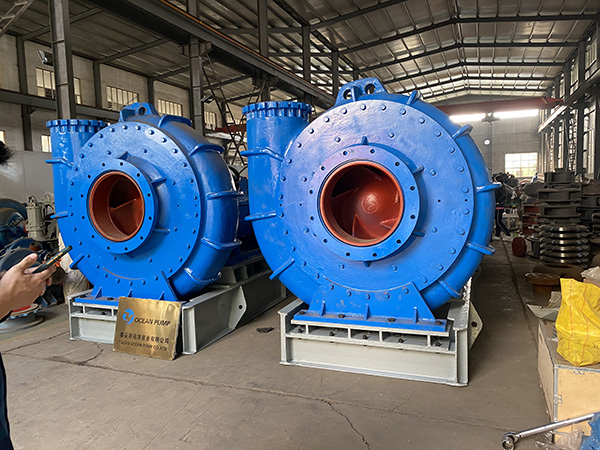
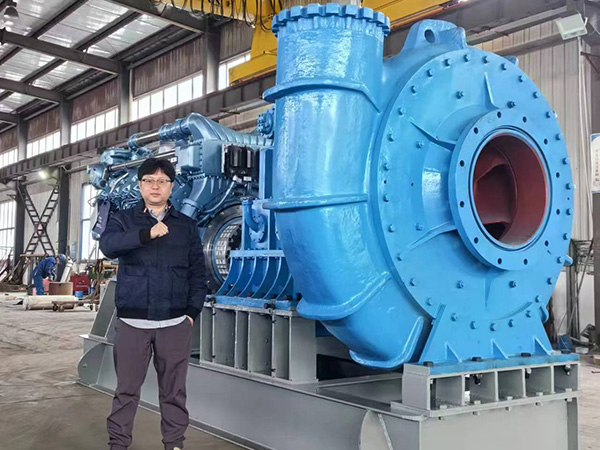
Taian Ocean Pump Co.,ltd with all series sand dredge pump models from 4 inch ,6 inch 8 inch 10 inch 12 inch 14 inch 16 inch 18 inch 20 inch 22 inch 24 inch dredge pump ,with flow capacity range from 100m3/h to 3500m3/h can meet your request with different application .
Factors of Material Type and Density
The actual dredging capacity can also be influenced by factors such as the type and density of the material being dredged, the distance over which the material needs to be pumped, and the efficiency of the dredger's equipment and systems. Therefore, the specific capacity of a sand pump dredger should be obtained from its manufacturer or operator, as it can vary significantly based on various factors.
Slurry
Slurry SG refers to the specific gravity of a slurry, which is a mixture of solid particles suspended in a liquid. The specific gravity is a measure of the density of a substance compared to the density of a reference substance, usually water.
In the case of slurry, the specific gravity is the ratio of the density of the slurry to the density of water. It provides an indication of how much denser or lighter the slurry is compared to water.
The specific gravity of a slurry can vary depending on the type and concentration of the solid particles, as well as the properties of the liquid medium. Different slurries can have different specific gravities based on their composition.
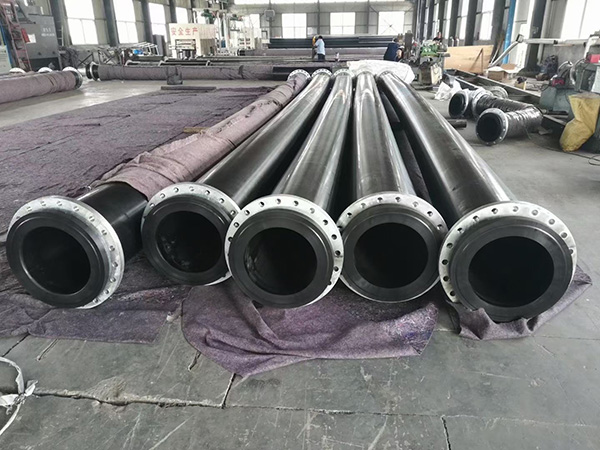
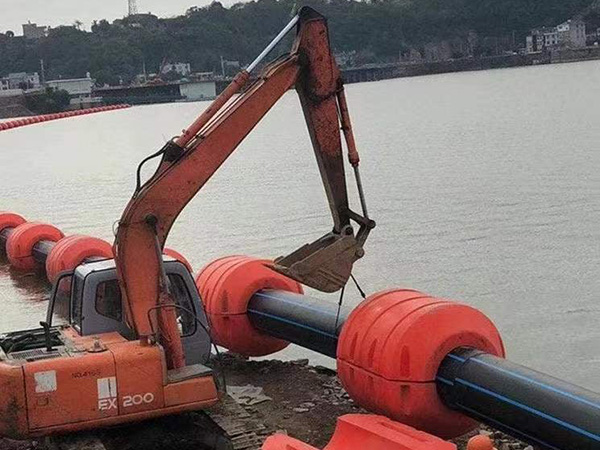
For example, a slurry with a specific gravity of 1.5 means that it is 1.5 times denser than water. Conversely, a slurry with a specific gravity of 0.8 is 0.8 times less dense than water.
The specific gravity of a slurry is an important parameter in various industries, including mining, construction, and wastewater treatment, as it affects the behavior and handling of the slurry during transportation, pumping, and processing.
Sand
The specific gravity of sand, often referred to as the sand SG, can vary depending on the type and composition of the sand. The specific gravity is a measure of the density of a substance compared to the density of a reference substance, typically water.
The specific gravity of most common types of sand ranges between 2.2 and 2.7. This means that sand is typically 2.2 to 2.7 times denser than water.
It's important to note that specific gravity can vary slightly depending on factors such as the particle size, shape, and mineral composition of the sand. Different types of sand, such as silica sand, quartz sand, or river sand, can have slightly different specific gravities.
Specific gravity is an important property of sand, especially in applications such as construction, concrete production, and geotechnical engineering. It influences the behavior of sand in terms of compaction, settlement, and stability. Determining the specific gravity of sand is typically done through laboratory testing using methods such as the pycnometer or density bottle method.
Discharge Sand Slurry pipeline Diameter
The diameter of a sand slurry pipeline for discharge depends on various factors, including the desired flow rate, the distance over which the sand slurry needs to be transported, and the characteristics of the sand slurry itself.
When designing a sand slurry pipeline, considerations such as the desired velocity of the slurry, the pressure drop along the pipeline, and the erosion and wear caused by the abrasive nature of the sand particles need to be taken into account.
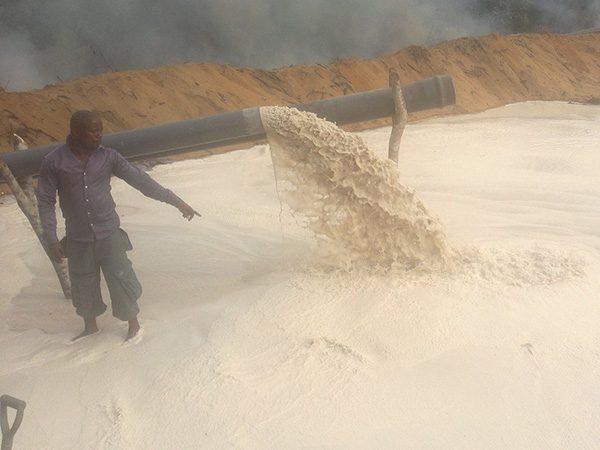
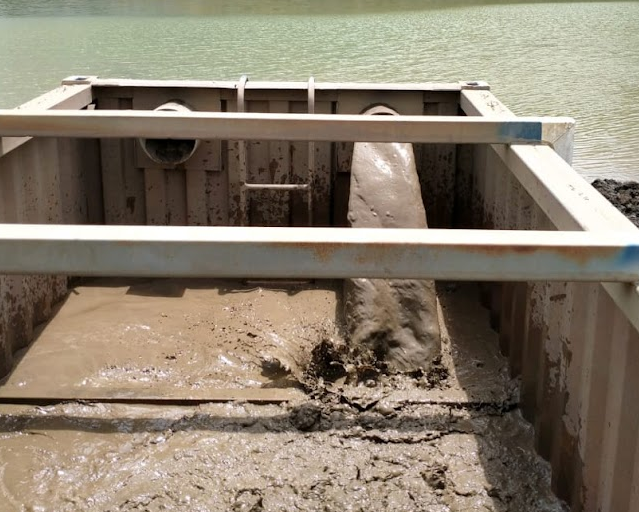
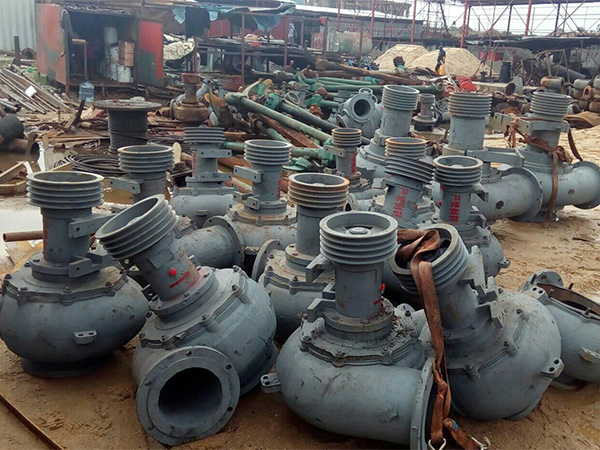
In general, larger diameter pipelines are used for higher flow rates and longer transport distances to minimize pressure drop and maintain an acceptable velocity. However, there is no one-size-fits-all answer for the diameter of a sand slurry pipeline, as it depends on the specific project requirements and conditions.
Engineering calculations and hydraulic modeling are typically performed to determine the optimal pipeline diameter for a given sand slurry discharge. These calculations take into account factors such as the flow rate, the rheological properties of the slurry, and the desired velocity and pressure drop along the pipeline.
Above All ,how to choose the sand capacity of sand pump dredger, which is very hard and also need the experience feedback from the before similar working project feedback
if you want to choose sand pump dredger
pls let us know
1.What is the dredge depth ?
2.What is the sand capacity you want ?
3.River or lake dredging ?
4.The sand size is coarse sand ,fine sand or gravel ?
5.Discharge distance ?
If not all the working condition ,pls let us know your project details with pics or videos, easy to make suitable pump or dredger boat for you .
Welcome to contact :
Taian Ocean Pump Co.,ltd
Doris Chen
WhatsApp : +86 18562293319
Email : oceanpump12@tsbeng.com
-
WhatsApp
-
E-MailE-Mail:oc@tsbeng.com
-
WeChatWeChat:yychen19







